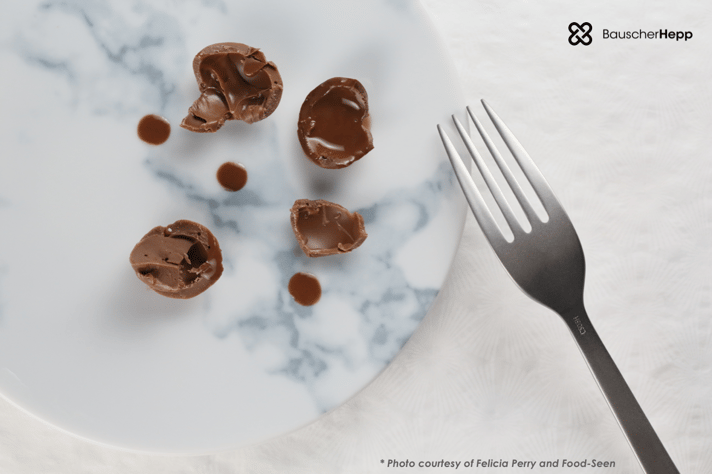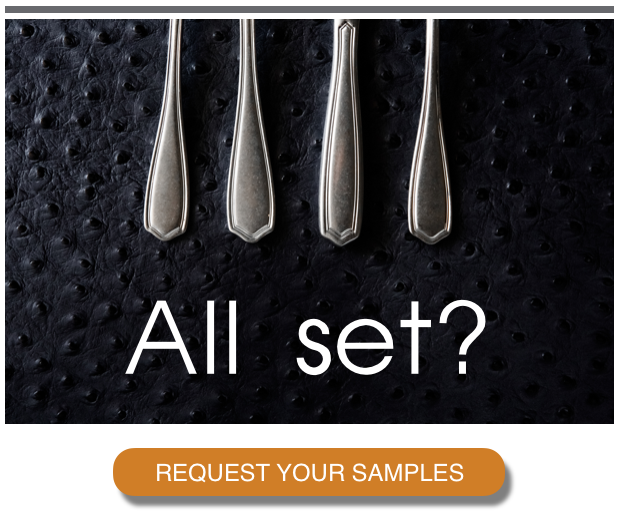
Who doesn't like chocolate?
Pastry chefs are featured more and more in fine and casual dining settings, and their creations will take center stage as couples celebrate Valentine’s Day in restaurants across the country. Valentine’s Day or not, it’s clear that the display of dessert and chocolate will continue to evolve.
And as chocolate enjoys the spotlight like other photo-friendly dining elements, it's important for pastry chefs and operators to consider these tips for displaying and plating chocolate.
REMEMBER THE CONDITIONS
The first tip is extremely important, especially when you consider what that "spotlight" can do to the integrity of your chocolate dessert.
Chocolate is one of the most delicate ingredients in any kitchen. For starters, it needs to be stored and displayed at the right temperatures (typically between 60º and 65º F). Ambient heat from equipment like ranges, ovens, and yes, spotlights, can obviously make chocolate melt, but so can warm plates that are right out of the washer.
Storing chocolate at cooler temperatures will cause issues, as well, as white spots can form on the chocolate's surface when it's kept too cold. Humidity is also an important storage factor that can adversely impact your chocolate platings. Levels should be kept dry and steady.
Finally, consider what kind of chocolate you're storing and plating. Chocolate like milk chocolate and white chocolate have higher cocoa butter concentrations and are more temperamental. Plate them with care.
CREATE CONTRASTS
Contrast is one of the key ingredients to successful culinary arts. Whether it be the famous salt/sweet combinations or an overall aesthetic, the same can be said for displaying and plating chocolate.
Color contrasts are one of the easiest ways to create a visual impact on the plate. Dark chocolate stands out on top of white plates. White marble can add a polished element. And dark, playful plating like wood or slate can serve as a sharp contrast for white chocolate dishes.
Contrast can also come from texture. A chocolate with a smooth finish will stand out on a rougher looking plate. This gives chefs the opportunity to highlight the silky texture of their chocolate creations.
CONSIDER THE FRAME
If the center-of-the-plate is the canvas, the overall size and shape of the plate should be considered the frame. It's important to consider how your chocolate desserts should be eaten, and then give diners plenty of room to eat.
While setting a few bonbons or truffles on a large plate might enhance the plating, providing less space can have the opposite effect. Plating a chocolate torte on a small plate won't give diners the space they're expecting, and it will crowd the overall aesthetic.
Also make sure your chocolate creations have the support they need. Something creamier like a chocolate soufflé might be better suited for a bowl, as an example.
There's only one way to find out which plates enhance your chocolates.
The easiest way to find out what will make your chocolate creations stand out is to plate them on a variety of styles and collections. If you're interested in learning more about these options you can visit us at one of our showrooms or request sample dinnerware.





